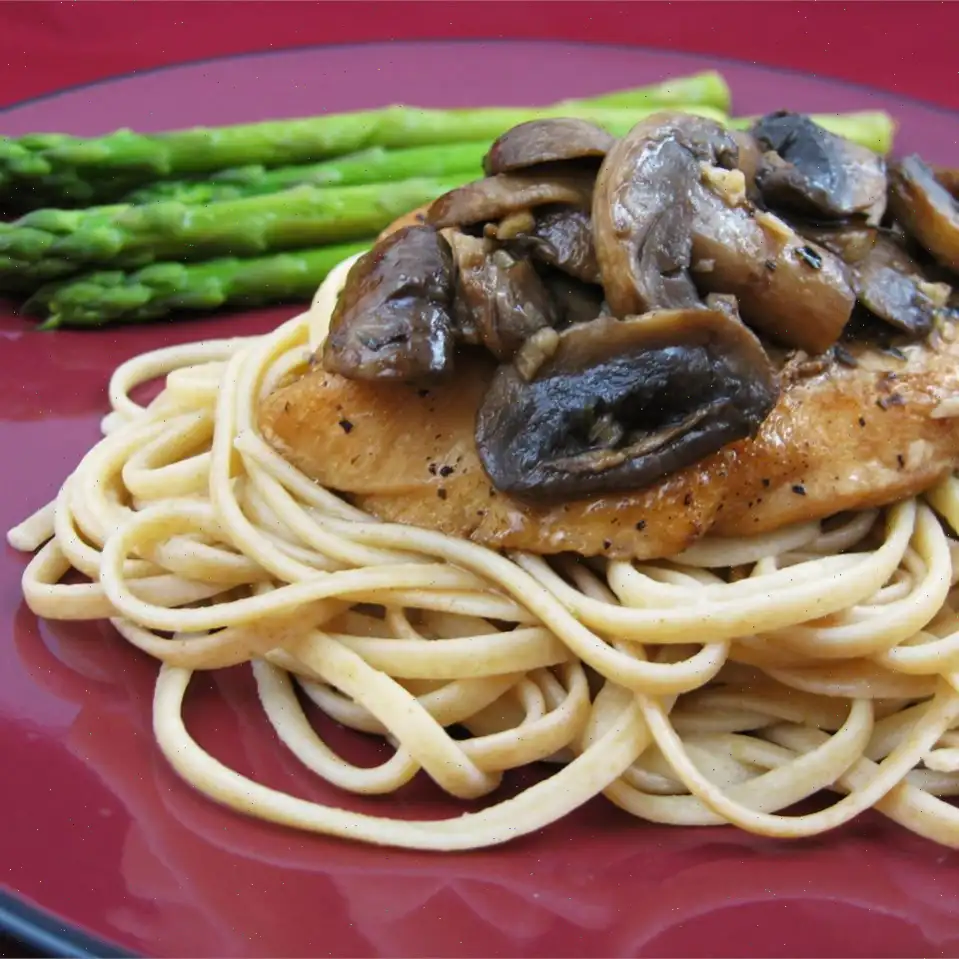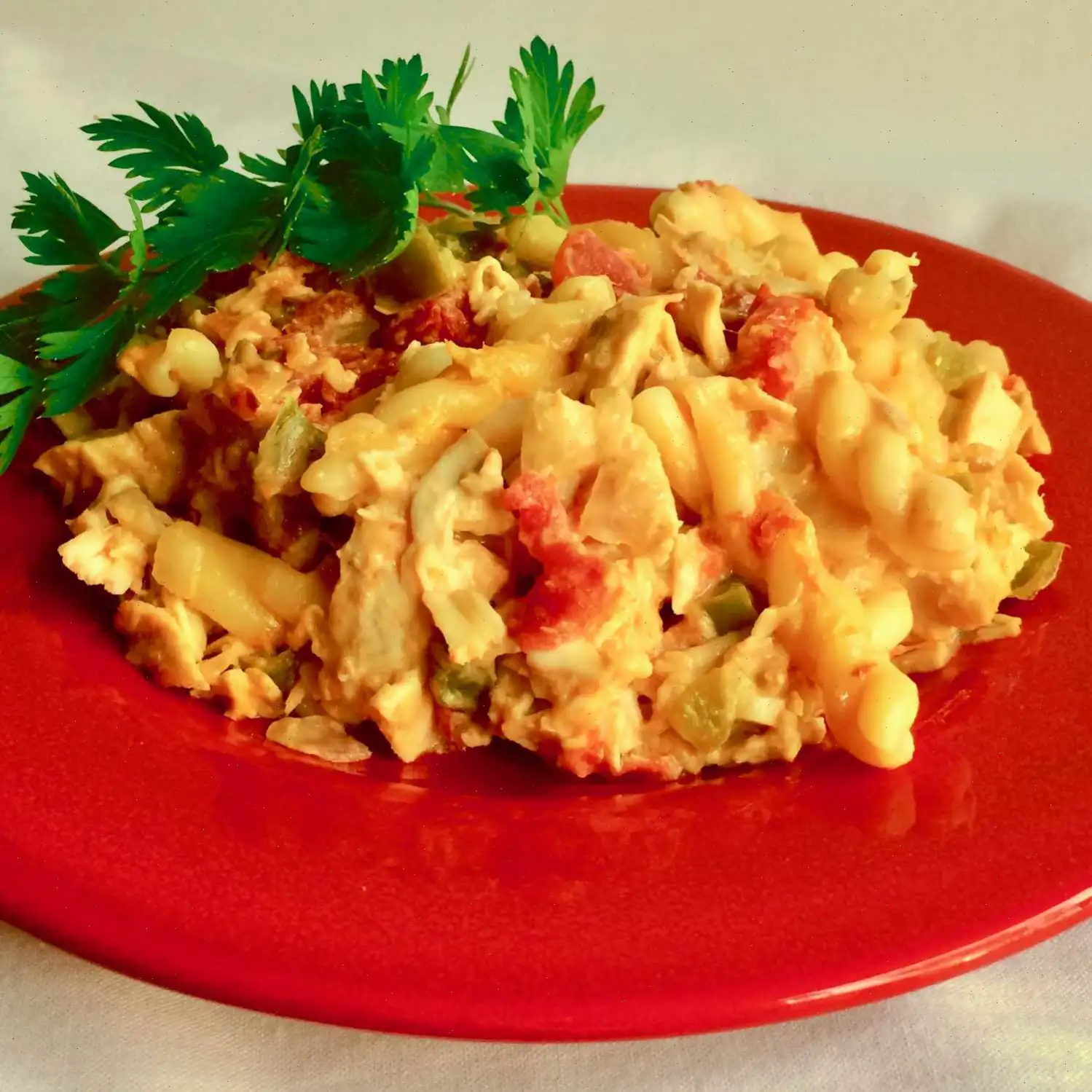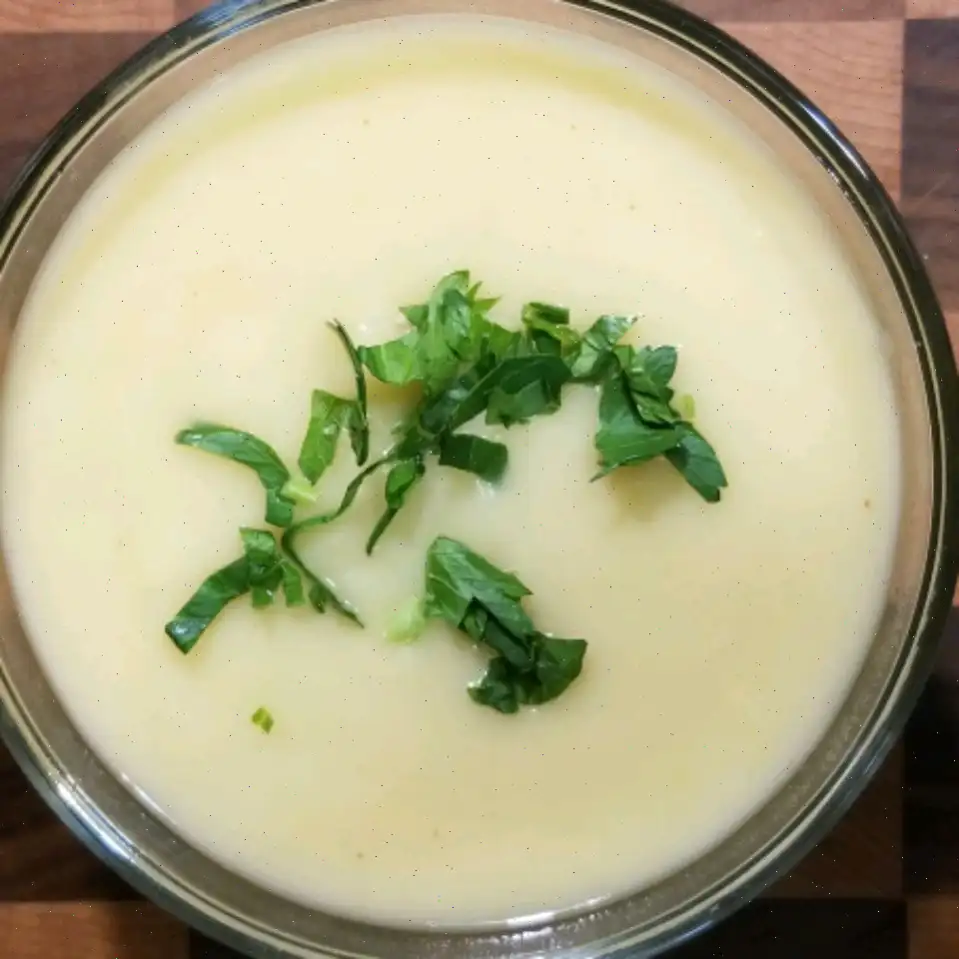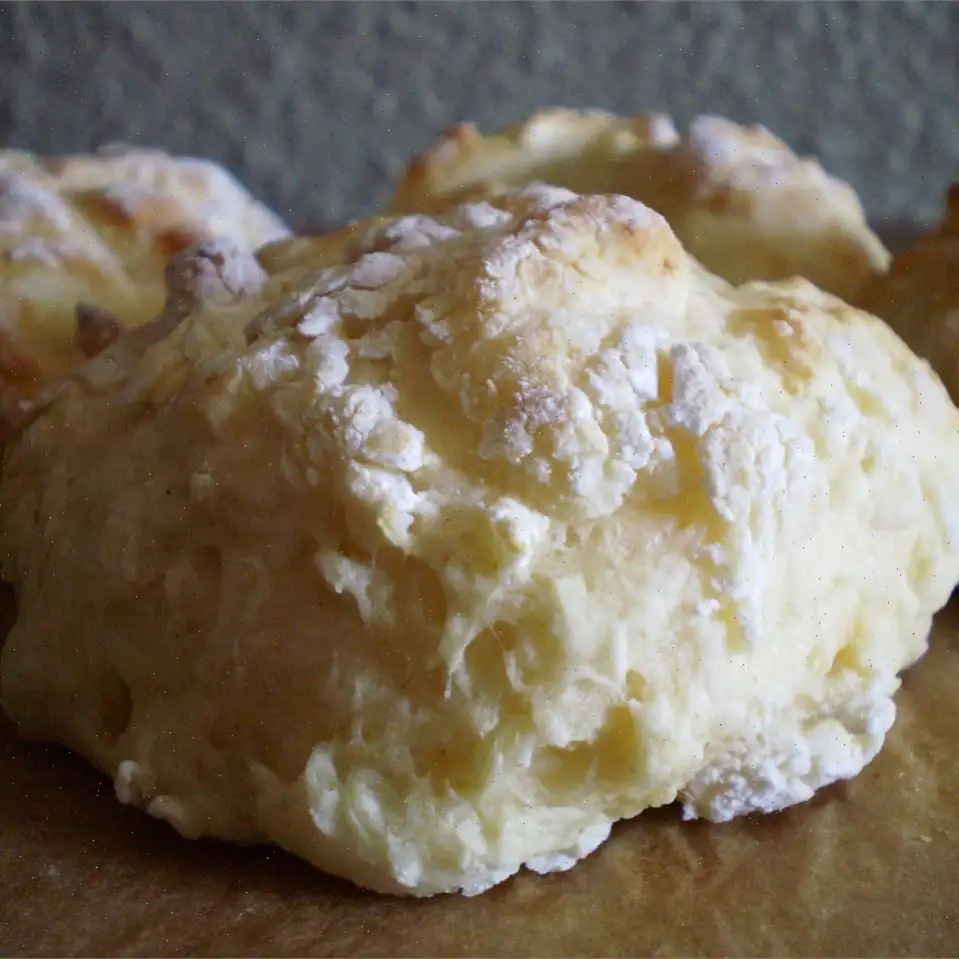
Homemade Caesar Dressing Recipe
Ingredients
- 3/4 cup mayonnaise
- 5 anchovy filets
- 3 cloves garlic, minced (about 1 1/2 teaspoons if using jarred garlic)
- 2 tablespoons grated Parmesan cheese
- 1 teaspoon Worcestershire sauce
- 1 teaspoon Dijon mustard
- 1 teaspoon lemon juice
- 1/4 teaspoon salt
- 1/2 teaspoon black pepper
- 1 pinch cayenne pepper (optional)
Directions
Step 1: In a food processor, combine mayonnaise, anchovies, Parmesan cheese, Worcestershire sauce, Dijon mustard, lemon juice, salt, and black pepper.
Step 2: Blend the mixture for about 1 minute, or until smooth and creamy.
Step 3: Taste and adjust seasoning, adding more salt and pepper as needed. If you prefer a bit of heat, stir in a pinch of cayenne pepper.
Step 4: Blend again for 20 more seconds to ensure everything is well combined.
Nutrition Facts (per serving)
| Nutrient | Amount | % Daily Value* |
|---|---|---|
| Calories | 156 | - |
| Total Fat | 16g | 21% |
| Saturated Fat | 3g | 14% |
| Cholesterol | 12mg | 4% |
| Sodium | 357mg | 16% |
| Total Carbohydrates | 1g | 0% |
| Dietary Fiber | 0g | 0% |
| Total Sugars | 0g | - |
| Protein | 2g | 3% |
| Vitamin C | 1mg | 1% |
| Calcium | 24mg | 2% |
| Iron | 0mg | 2% |
| Potassium | 37mg | 1% |
* Percent Daily Values are based on a 2,000 calorie diet. Your daily values may be higher or lower depending on your calorie needs.
** Nutrient information is not available for all ingredients. Amount is based on available nutrient data.
If you are following a medically restrictive diet, please consult your doctor or registered dietitian before preparing this recipe for personal consumption.

History of Caesar Dressing
Caesar dressing, a staple in modern cuisine, originated in the 1920s in Tijuana, Mexico. Contrary to what many may assume, the dressing wasnt created by an Italian chef, but by Caesar Cardini, an Italian immigrant. Cardini owned a restaurant in Tijuana where, during a busy Fourth of July weekend, he created the now-famous dressing out of necessity. Using simple ingredients like anchovies, garlic, and Parmesan cheese, he mixed them into a creamy dressing that would soon become a global sensation.
Regional Variations
While Caesar dressing is most famously associated with the classic Caesar salad, it has spread to many corners of the culinary world. Different regions put their own twist on the dressing. In Mexico, the original Caesar salad is often made with an egg yolk-based dressing, which adds a richer, more custard-like texture. Meanwhile, in the United States, the dressing has evolved with varying levels of creaminess and the inclusion of mayonnaise as a base, which is more commonly found in homemade recipes like this one.
What Sets It Apart from Similar Dishes
What distinguishes Caesar dressing from other salad dressings, like ranch or blue cheese, is its unique combination of salty, tangy, and umami flavors. The anchovies, Parmesan cheese, and Worcestershire sauce provide a depth of flavor that is both savory and slightly briny. This complexity makes Caesar dressing stand out from the simpler, often sweeter, flavor profiles of other dressings. Its creamy texture, combined with the bite from garlic and mustard, creates a perfect balance that enhances the freshness of greens in a Caesar salad.
Where Is Caesar Dressing Typically Served?
Caesar dressing is primarily used in Caesar salads, where its tossed with romaine lettuce and croutons. However, its versatility has made it a popular addition to a variety of dishes. From grilled chicken wraps and roasted vegetables to seafood and even as a dipping sauce for fries, Caesar dressing can add flavor to many types of cuisine. It is often served in casual dining restaurants and upscale eateries alike, making it a universal favorite.
Interesting Facts
- While Caesar dressings name suggests its linked to ancient Rome, it has no historical connection to Julius Caesar.
- Some variations of Caesar dressing include raw egg yolk, which traditionally gave it a smooth texture, but modern recipes often use mayonnaise to avoid food safety concerns.
- The Caesar salad is often mistaken for an Italian dish, but it was created in Mexico, making it a unique fusion of cultures.
- In some variations of Caesar dressing, anchovies are optional, but purists believe they are essential for that distinct, umami flavor.
FAQ about Homemade Caesar Dressing Recipe
Comments
Frank Perez
10/28/2023 01:29:28 AM
This recipe on the website is identical to the one I usually make at home. The only variation is that it suggests using 1 tablespoon less of parmesan cheese. I followed the recipe as instructed and found that after tasting it, I decided to include the additional tablespoon of parmesan cheese. I skipped using a food processor and simply mixed all the ingredients in a bowl, which worked perfectly fine.








